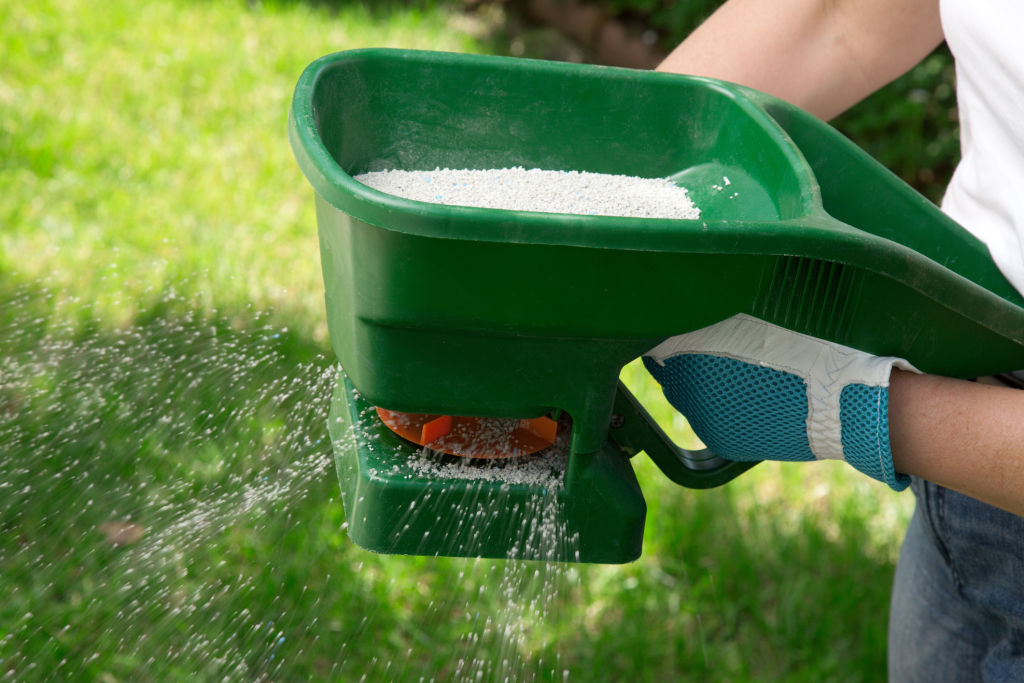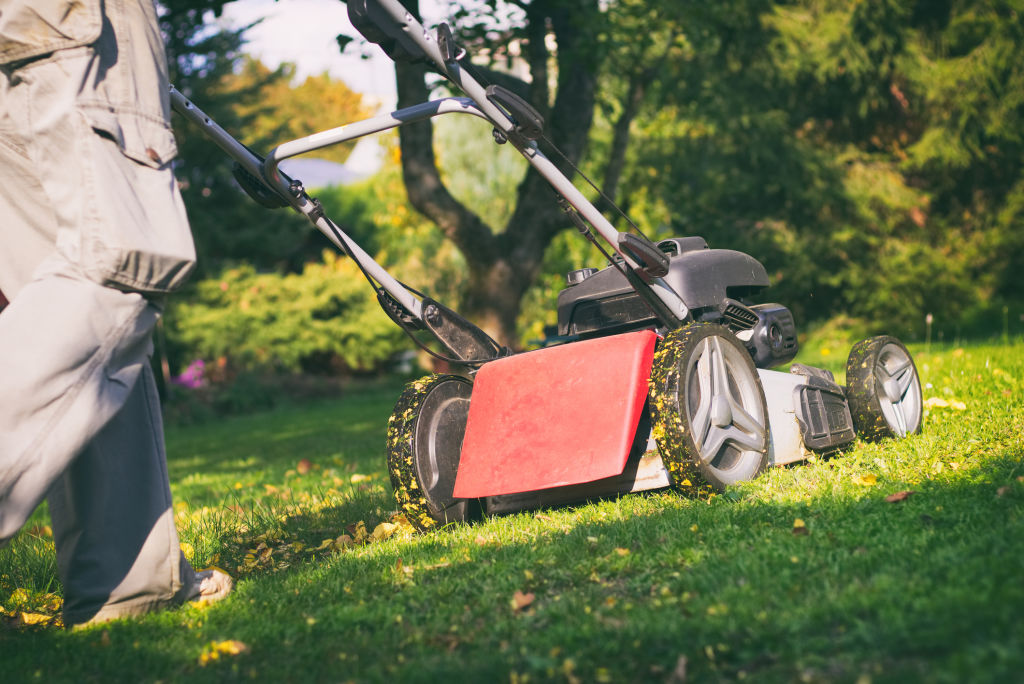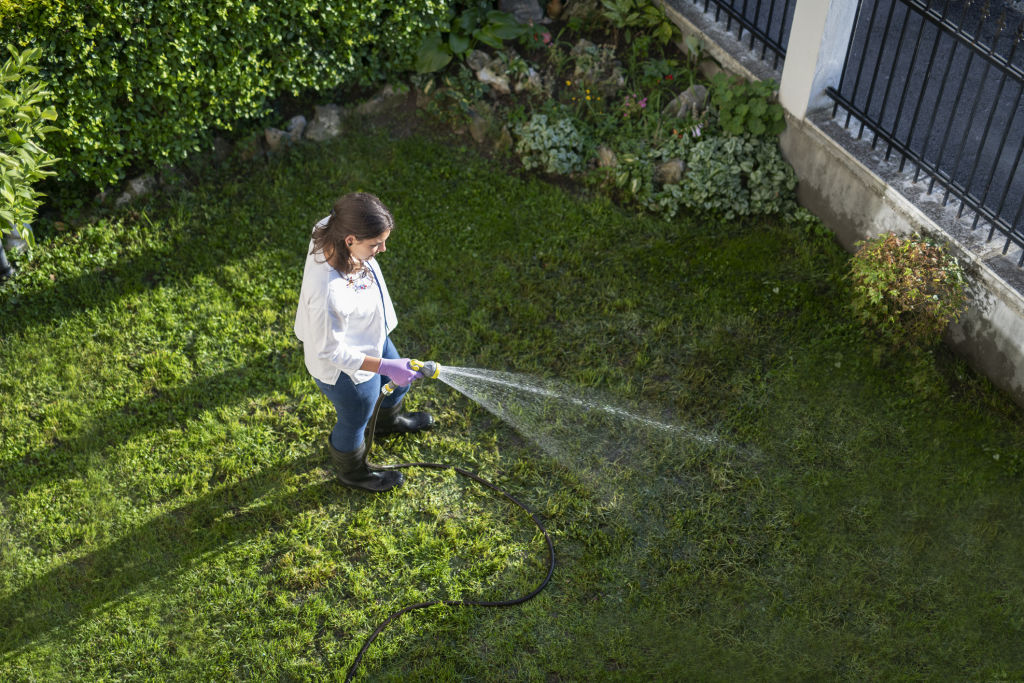How to keep your lawn alive during the hot summer months

Whether it’s a rolling green masterpiece, the backyard rumble zone or a pocket-handkerchief patch in a courtyard, lawns are an integral part of our homes, gardens and lifestyles.
For most of the year, your lawn will chug away without much attention required beyond the occasional mow and feed.
Summer, however, can be a challenging time, and when you add water restrictions into the mix, keeping your lawn looking good can seem a daunting task.
Here are some simple tips and tricks that can help your lawn look at its best through these hot, dry times.
Benefits of lawns
Lawns provide a place to relax or play, an essential part of your home’s street appeal, an important element in your garden design.
But your humble swathe of green can also be a fantastic contributor to the sustainability, and comfort, of your home so it really is worth taking a little time to keep it happy and healthy.
A lawn can function like a natural airconditioner, remaining as much as 30 per cent cooler than hard surfaces like paving.
Lawns also don’t retain and then radiate heat overnight the way hard surfaces do, so your outdoor areas cool faster as the sun sets.
Grass helps trap dust and dirt to reduce airborne irritants, and glare from sunlight isn’t reflected as with tiles or paving, helping keep both your outdoors and interior more comfortable.
Seven tips for keeping your lawn alive during summer
1. Feed your lawn
Lawns are hungry and the best looking lawns will be those that are well fed, and will also be stronger and better able to handle hot, dry conditions.
Apply a quality slow-release lawn food ideally before watering or rain. To ensure even coverage invest in a simple hand-held fertiliser spreader.

2. Don’t mow low
Most of the turf grasses grown in Australia are warm-season varieties, meaning most of their growth occurs in the warmer months.
Mowing low to reduce mowing frequency was once recommended, but this method in fact encourages fast growth and often damages your lawn leaving scalped patches.
The real trick? Leave your lawn a little longer. This way your lawn isn’t exhausting itself growing emergency foliage to recover from damage and the leaf blades will help insulate plant roots and soil, keeping them cooler.
But how long is the right length? With most lawns I call it ‘foot feel’. Walk on your lawn barefoot. You want it feeling comfortably soft without being spongy.

3. Mulch while mowing
The simplest and smartest thing you can do for your lawn in hot, dry weather is to switch to mulch-mowing.
A quality mulch-mower will cut and re-cut lawn clippings before blowing the super-fine material back deep into the lawn thatch – the space below the grass blades and above the soil.
Here, it works much like mulch on garden beds, helping to preserve water and insulating roots from temperature extremes. It also breaks down quite quickly, so it’s like lightly organically feeding every time you mow.

4. Water wisely
If you are going to water your lawn, chances are you’ll be most inclined to do so at the end of a hot day. This is in-fact the most wasteful, and potentially harmful, time to water.
After a hot day, your lawn and the soil beneath it will still be very warm. This means moisture will be lost to evaporation and you’ll raise the humidity around the grass and thatch, leaving the lawn damp overnight, which can cause all manner of fungal problems.
The best time to water is early in the morning before the heat and wind rises.

5. Use smart sprinklers
Invest in a quality lawn sprinkler with an adjustable pattern so that you don’t waste water on your driveway or paths.
Select a sprinkler that has reasonably coarse droplets as these are less inclined to blow about with the wind.

Add a basic mechanical tap-timer to your tap so you won’t forget the hose and leave it running.
6. Improve your soil
A big problem with an extended hot, dry period is that soil becomes baked and can be quite water repellent. This is why you see so much runoff when you get a heavy downpour or you water during dry times – the water cannot soak in and is lost.
There’s an easy way to fix this. Apply a granulated soil wetter over your entire lawn, ensuring it’s a lawn-friendly product. Soil wetter helps water to penetrate the soil, so next time you water or it rains more water soaks in.
As a bonus, soil wetters also help fertilisers penetrate the soil, improving the effectiveness of your lawn food too.
7. Aerate the lawn
Aerating your lawn can also help with water penetration. Simply drive a garden fork a few centimetres into the lawn and gently rock it back and forth to open the soil up, repeating at 10cm intervals. For larger lawns you can a hire lawn aerators or corers.
For best results rake dry, washed, river sand over the area afterwards to keep the holes open.

Adam Woodhams is a qualified horticulturalist and host of A Gardener’s Clippings on Youtube.
We recommend
We thought you might like
States
Capital Cities
Capital Cities - Rentals
Popular Areas
Allhomes
More







